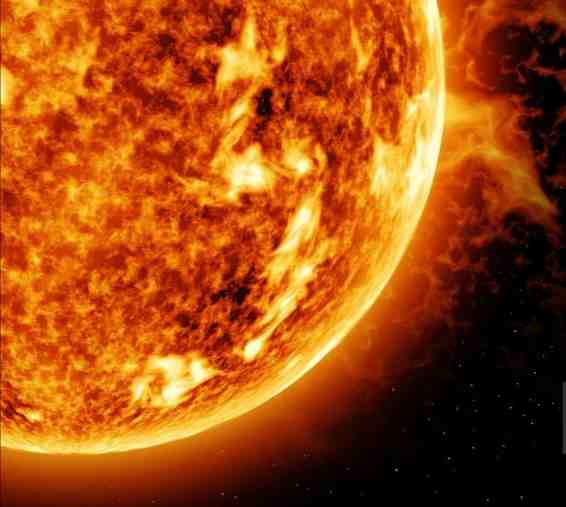
The inevitable truth that nothing in this world is eternal rings true for celestial bodies as well.
The Sun, our life-giving star, has a limited lifespan due to the gradual depletion of its hydrogen fuel which fuels its thermonuclear reactions, converting hydrogen into helium and releasing energy in the process.
Over billions of years, the Sun has already converted a mass equivalent to that of Saturn into pure energy. In the next 5–7 billion years, the Sun will exhaust its fuel and undergo a transformation into a red giant.
As a red giant, the Sun will expand significantly, growing about 250 times its current size and extending its outer boundary beyond the orbits of Mars and towards the asteroid belt.
This cosmological event will have profound consequences within our solar system. While there is debate among scientists regarding the fate of Earth and Mars during this transformation, it is likely that both planets will survive as celestial bodies, yet devoid of life, existing as scorched, inhospitable worlds.
Red giants are immensely hot compared to the Sun, causing extreme conditions that will affect planets, moons, and asteroids within the solar system.
The gas giants, such as Jupiter and Saturn, may gain mass from the Sun’s shedding layers, while their rings, formed mainly of water ice, are expected to dissipate due to the intense heat.
Water-rich satellites, like Europa and Enceladus, are at risk of losing their outer layers, potentially leaving behind only rocky cores.
The rise in temperature and brightness of the Sun will lead to significant alterations in the composition and structure of celestial bodies within the solar system.
The gas giants’ satellites and rings will be greatly impacted, and their atmospheres will undergo substantial changes.
However, in remote areas like the Kuiper Belt, conditions conducive to the emergence of life may develop over millions of years, offering a potential beacon of hope in a transformed celestial landscape.
In the grand scheme of the universe’s ever-evolving nature, the fate of our solar system is but a small chapter in the vast cosmic story.
As we contemplate the transient nature of celestial bodies and the cyclical nature of creation and destruction, we are reminded of the impermanence of all things in the cosmos.

